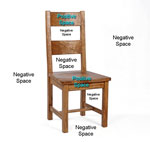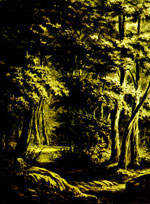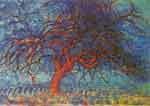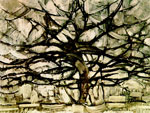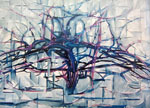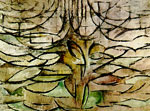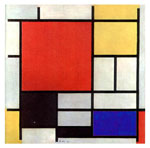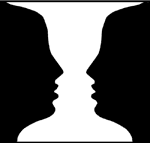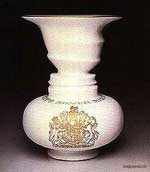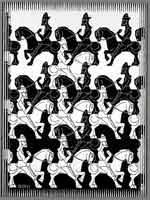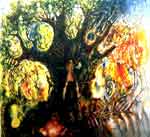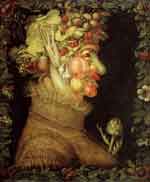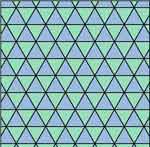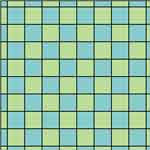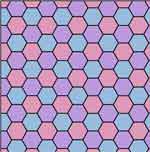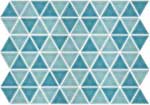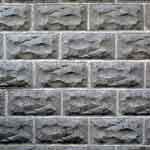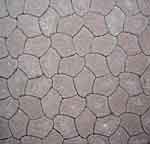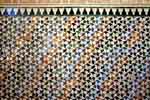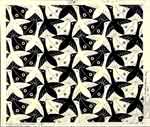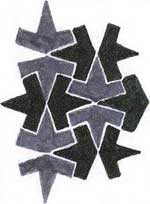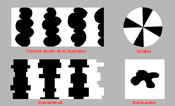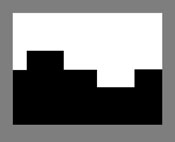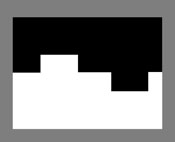Figure / Ground
Figure/Ground Assignment
General rules relating to figure/ground relationships:
- The ground is usually larger and simpler than the figure.
- The smaller an area, the greater the probability that it will be seen as the figure.
- The figure usually appears to be on top or in front of the ground even though the figure and the ground are on the same physical plane.
- Unbroken shapes tend to become figures and segmented shapes tend to become ground.
- What dominates the eye is considered figure; more passively displayed objects take on the role of the ground.
- Darker colors tend to form the figure.
- An enclosed surface tends to become the figure, and the enclosing one tends to become the ground.
- Figure and ground of the same or nearly the same area tend to become ambiguous.
- Alternating shapes tend to create figure/ground ambiguity.
- Regions in the lower portion of the design appear more figure-like than regions in the upper portion.
Create three compositions using black construction paper glued to white, 4 1/2" x 6" Bristol board (Use 1/4 of a 9" x 12" sheet for each)
Shapes should be organic (not geometric), abstract (or non-representational) and unfamiliar (no cartoon versions of flowers, leaves, etc).
- Composition: Create black figure(s) on a white ground
- Composition: Create white figure(s) on a black ground
- Composition: Manipulate the black and white areas simultaneously and with equal weight so that there is an ambiguity as to which is figure or ground.
The object is to play around with the parameters that make figure/ground.
Extra credit... do 6 compositions... 2 of each.

